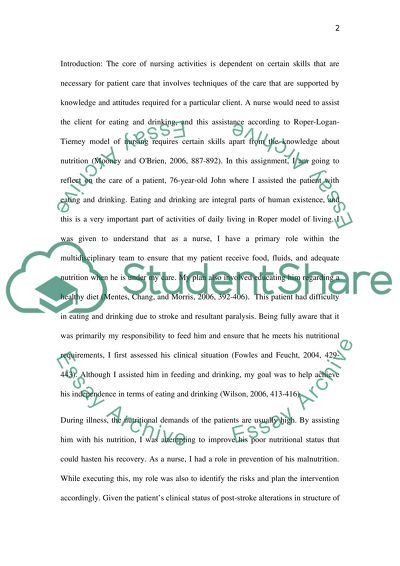Cite this document
(“Assistance according to Roper-Logan-Tierney Model of Nursing Assignment”, n.d.)
Assistance according to Roper-Logan-Tierney Model of Nursing Assignment. Retrieved from https://studentshare.org/nursing/1523951-personal-and-professional-development-in-nursing-essay
Assistance according to Roper-Logan-Tierney Model of Nursing Assignment. Retrieved from https://studentshare.org/nursing/1523951-personal-and-professional-development-in-nursing-essay
(Assistance According to Roper-Logan-Tierney Model of Nursing Assignment)
Assistance According to Roper-Logan-Tierney Model of Nursing Assignment. https://studentshare.org/nursing/1523951-personal-and-professional-development-in-nursing-essay.
Assistance According to Roper-Logan-Tierney Model of Nursing Assignment. https://studentshare.org/nursing/1523951-personal-and-professional-development-in-nursing-essay.
“Assistance According to Roper-Logan-Tierney Model of Nursing Assignment”, n.d. https://studentshare.org/nursing/1523951-personal-and-professional-development-in-nursing-essay.


